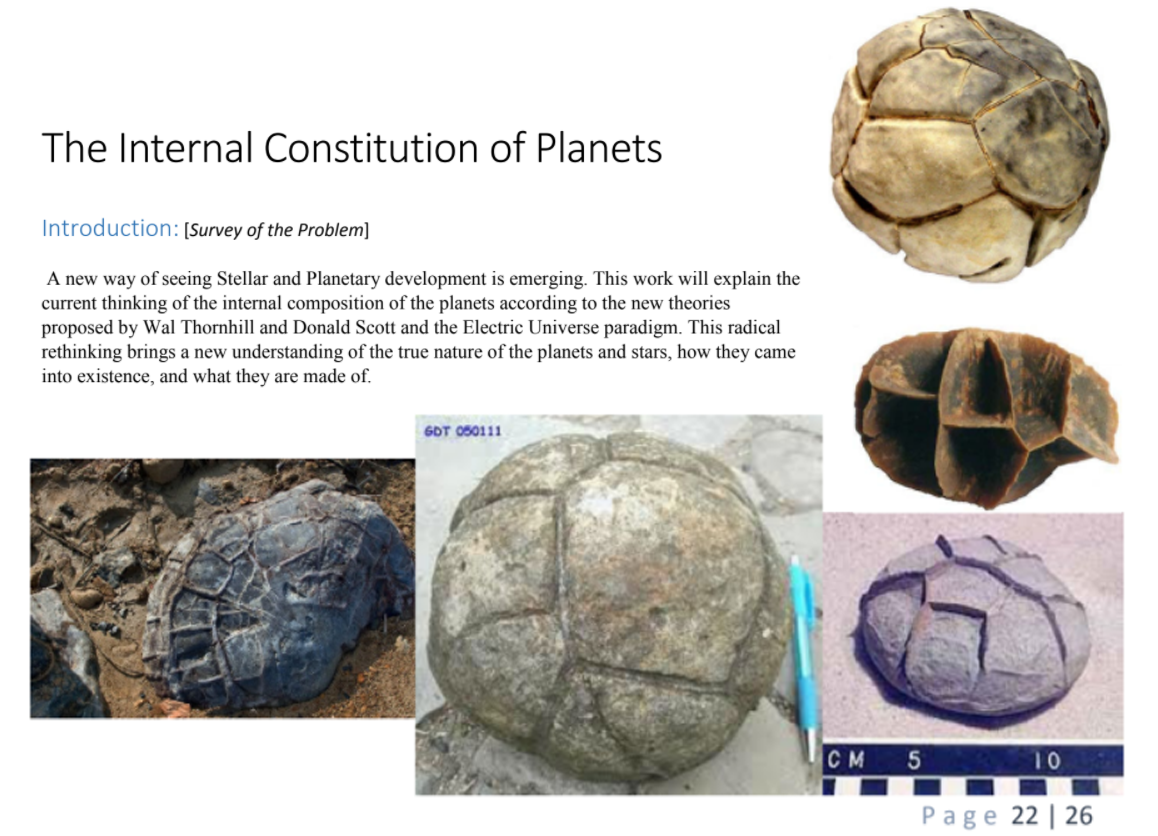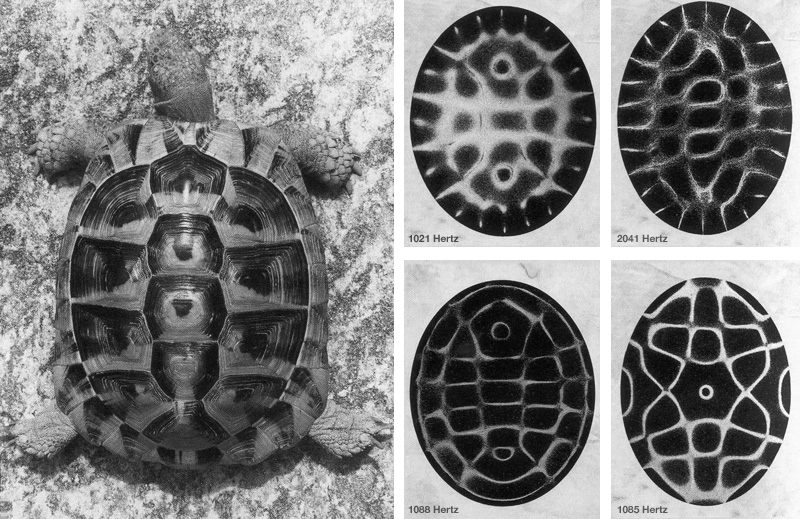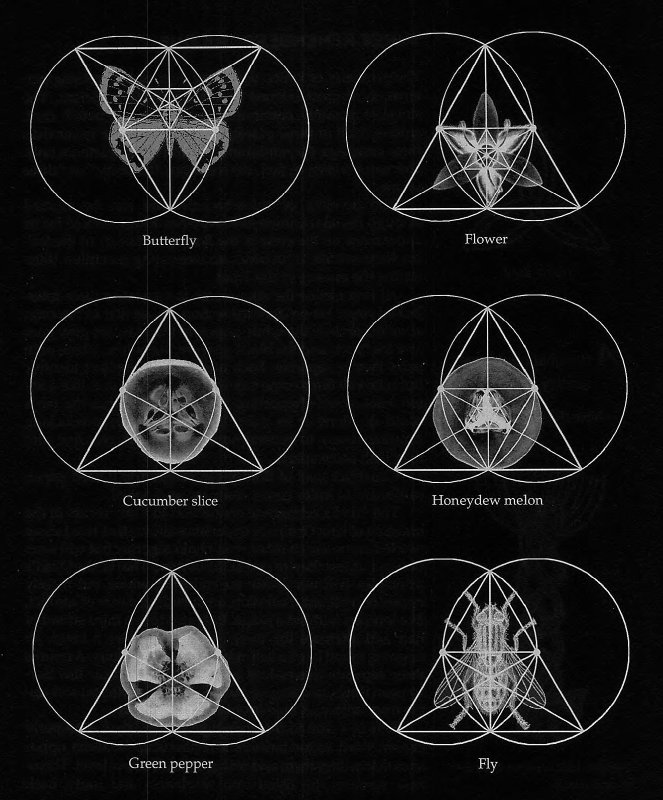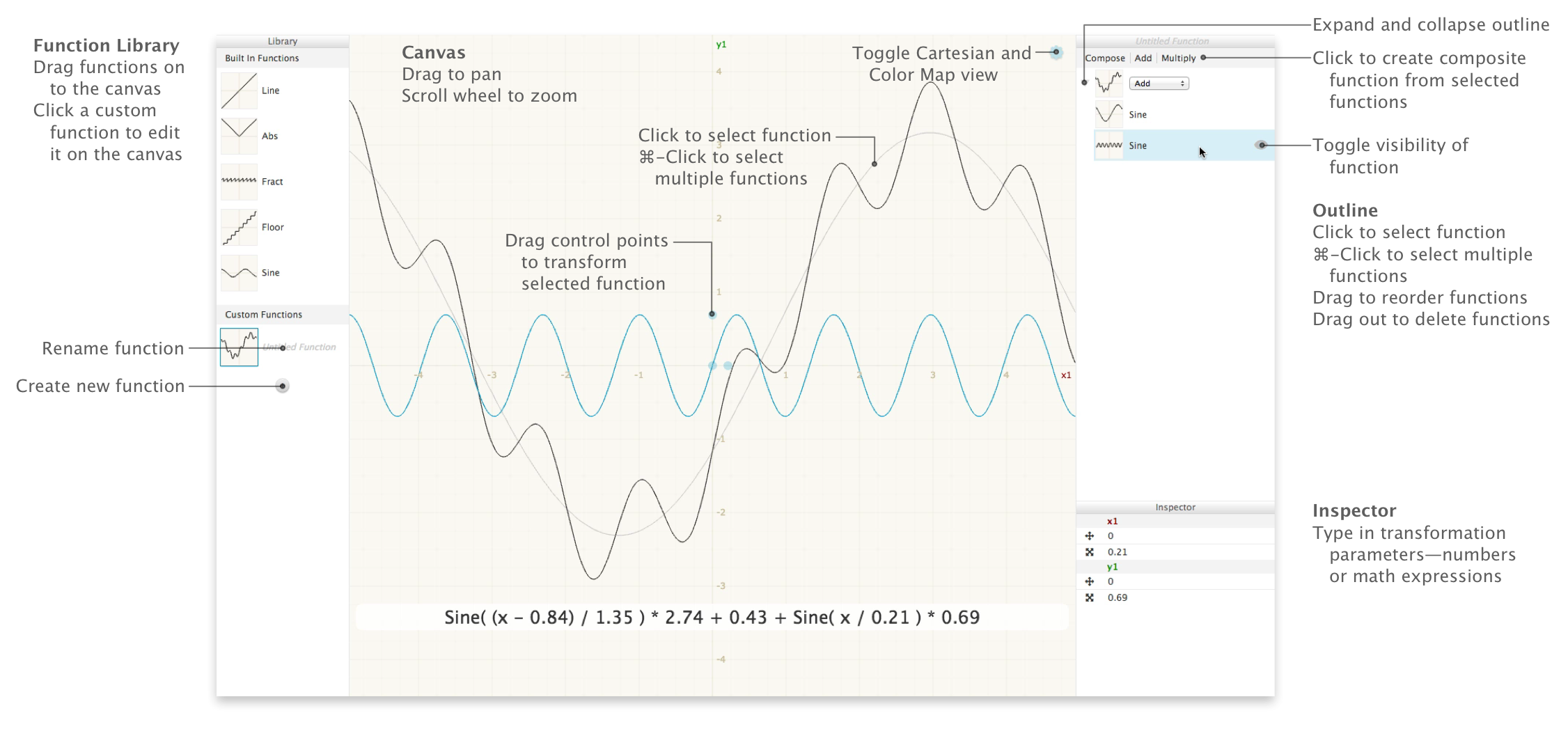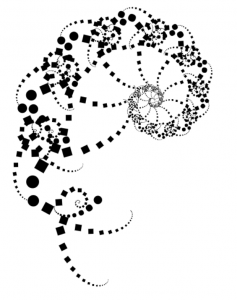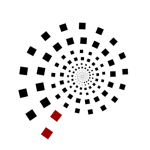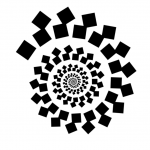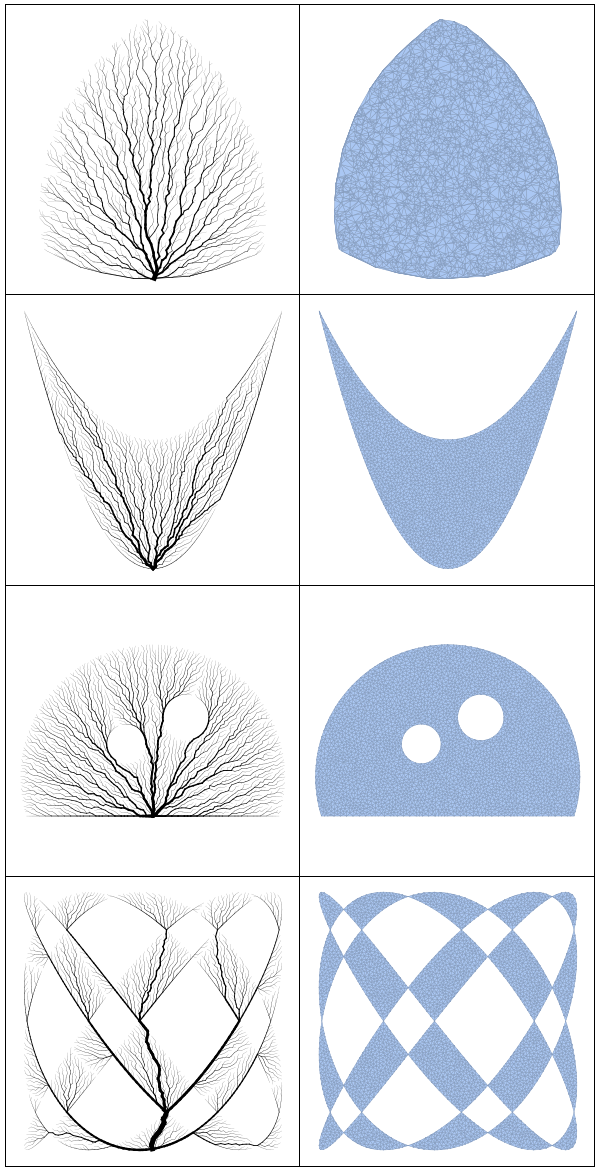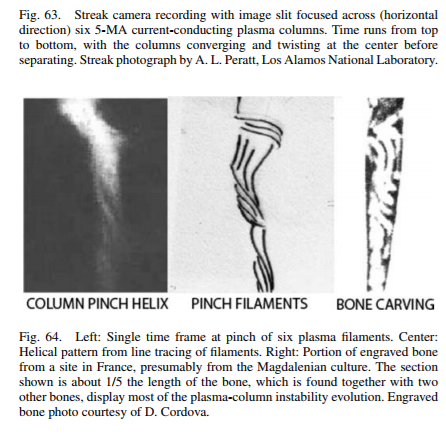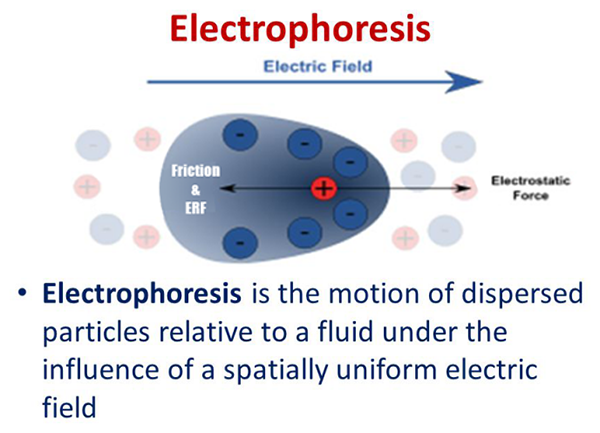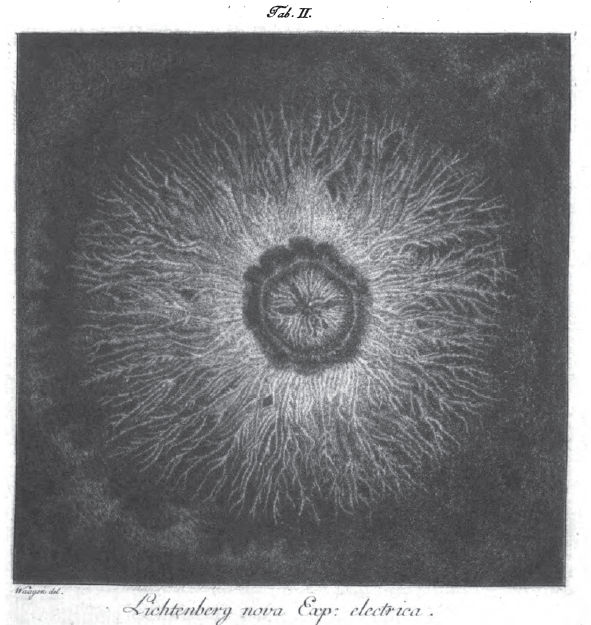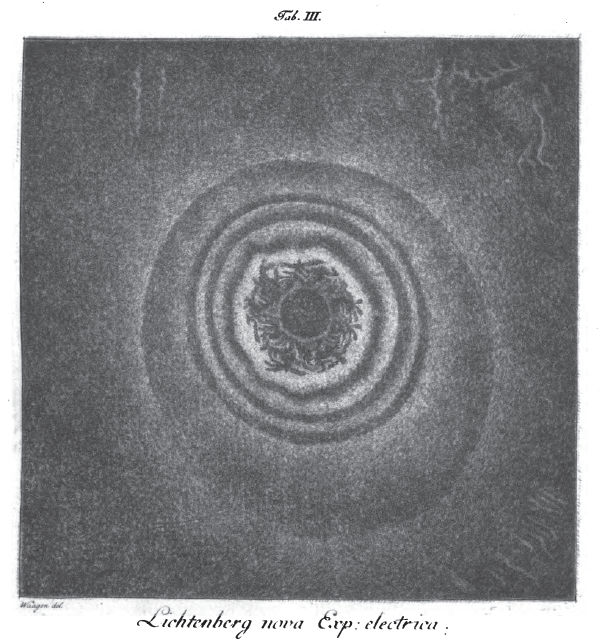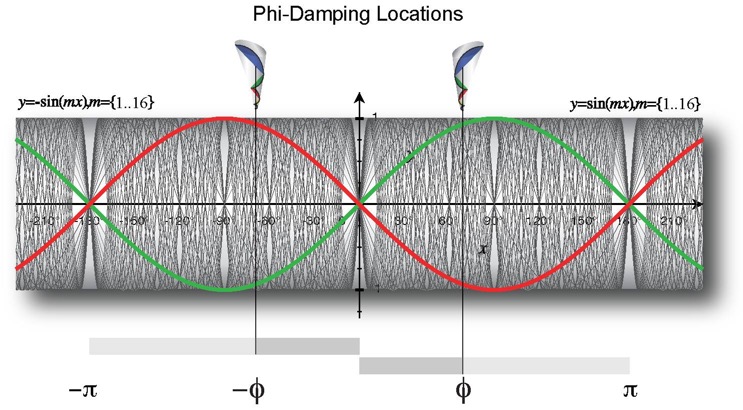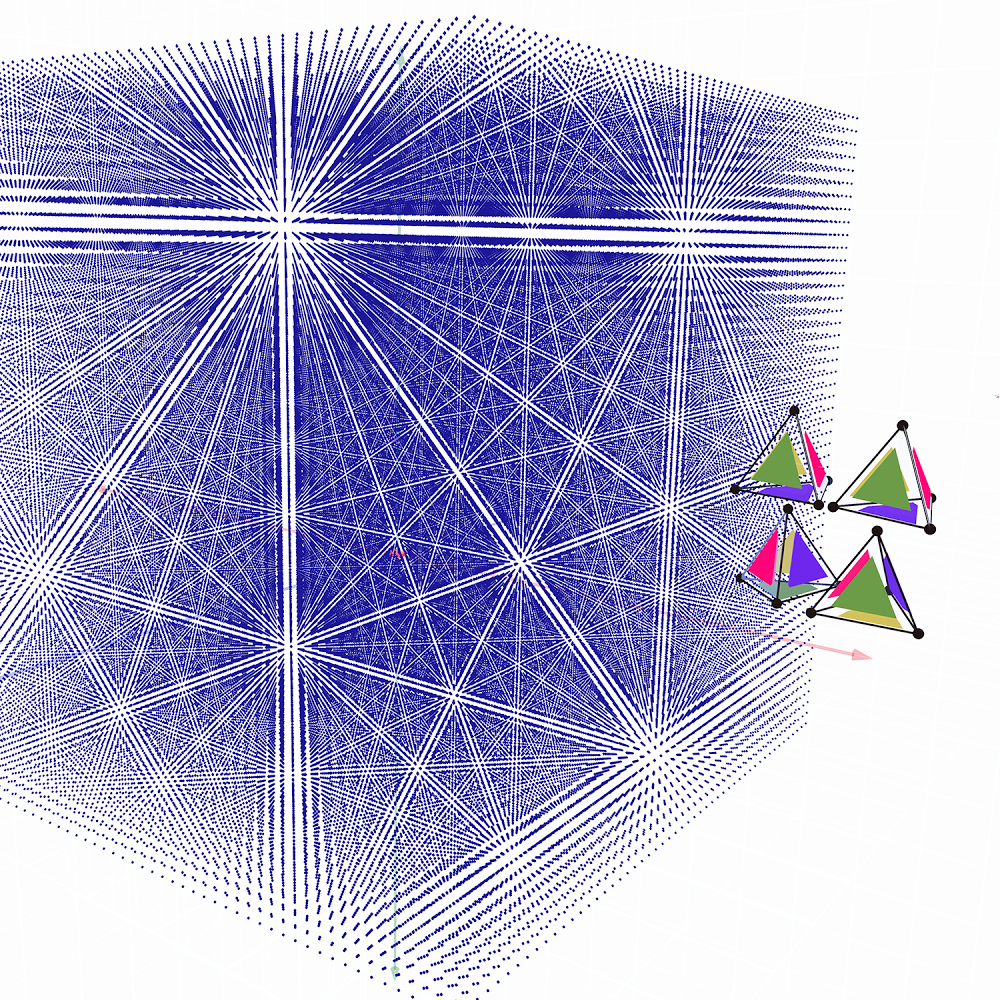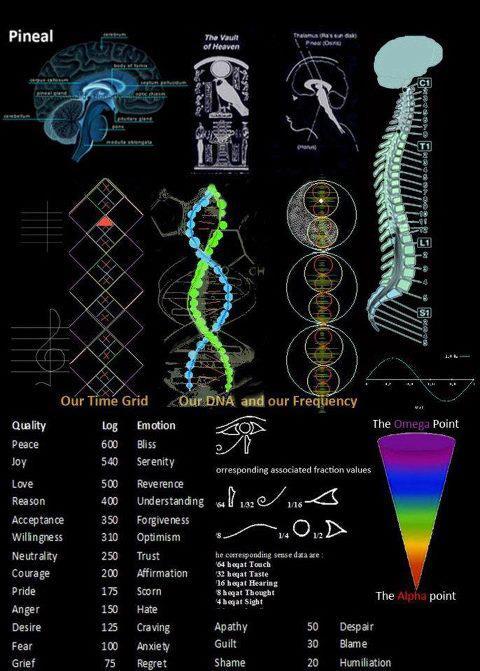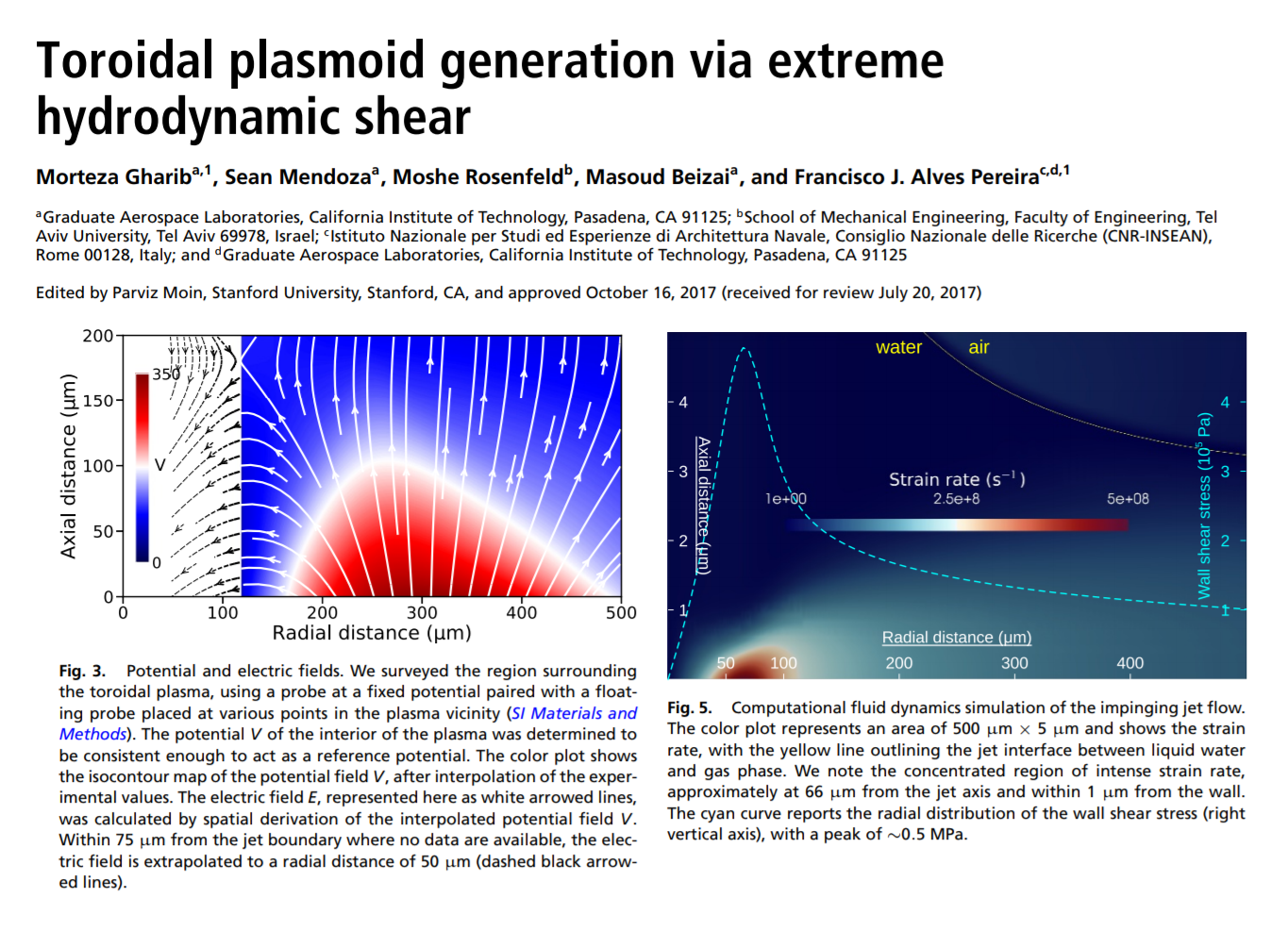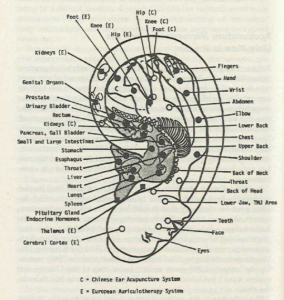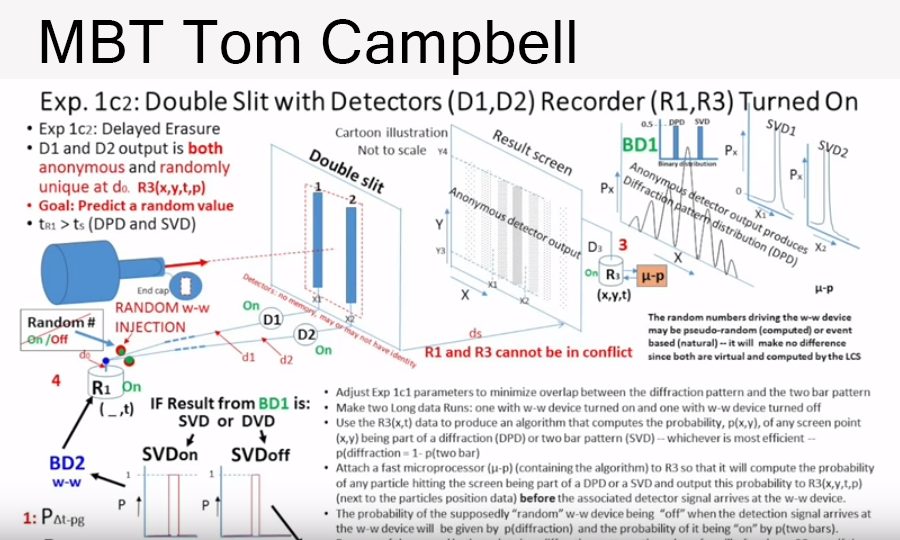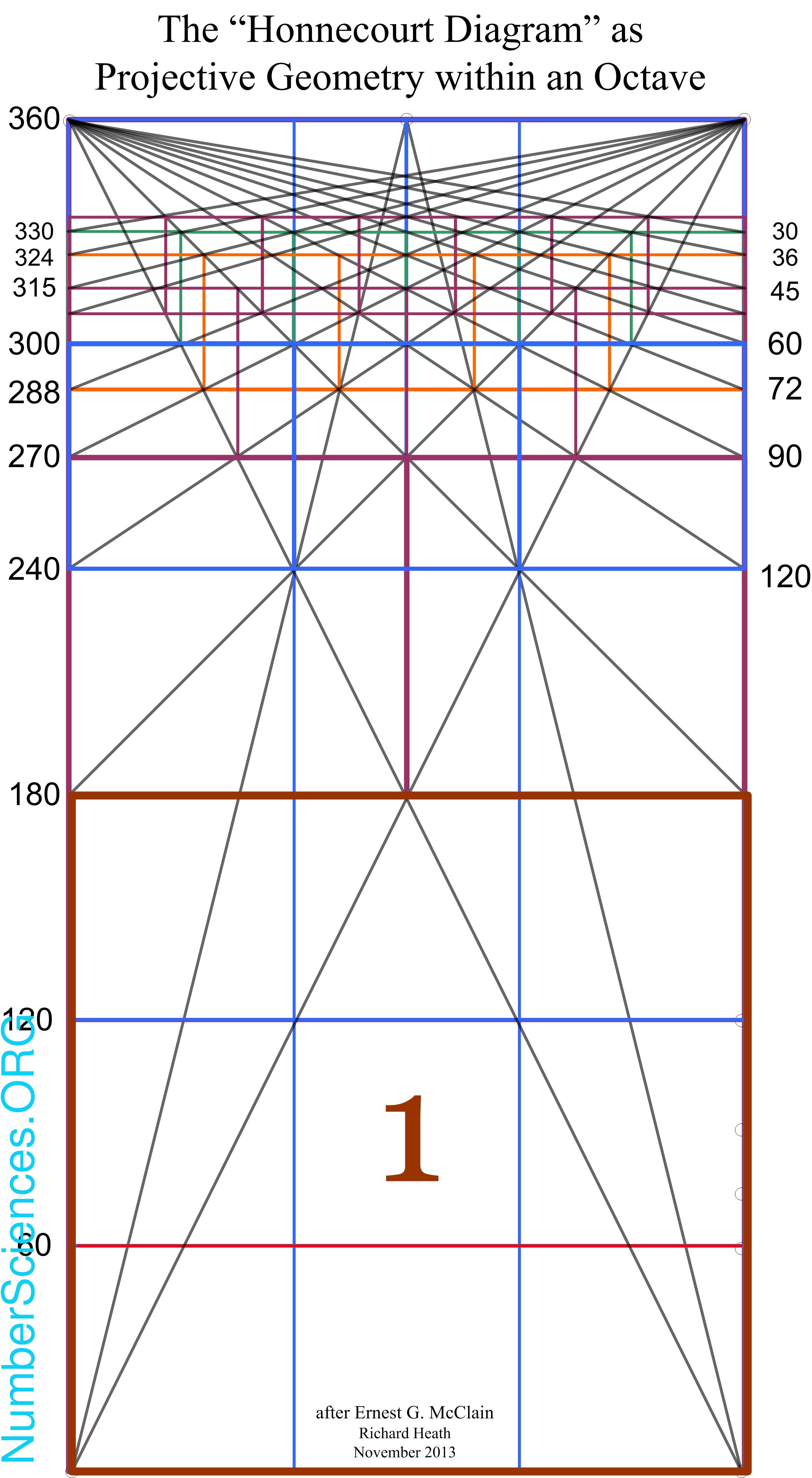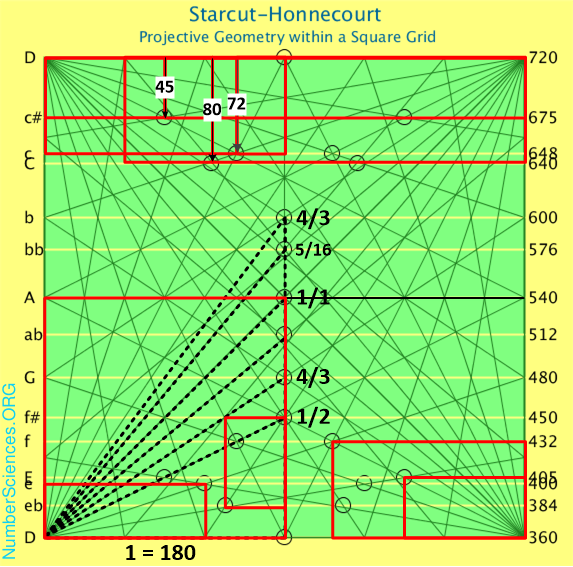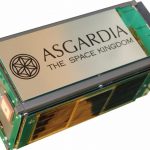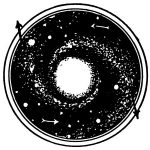EU Meetup February 6, 2018
Electrophoresis (from the Greek "Ηλεκτροφόρηση" meaning "to bear electrons") is the motion of dispersed particles relative to a fluid under the influence of a spatially uniform electric field.[1][2][3][4][5][6] This electrokinetic phenomenon was observed for the first time in 1807 by Russian professors Peter Ivanovich Strakhov and Ferdinand Frederic Reuss (Moscow State University),[7] who noticed that the application of a constant electric field caused clay particles dispersed in water to migrate. It is ultimately caused by the presence of a charged interface between the particle surface and the surrounding fluid. It is the basis for a number of analytical techniques used in chemistry for separating molecules by size, charge, or binding affinity.
Electrophoresis of positively charged particles (cations) is called cataphoresis, while electrophoresis of negatively charged particles (anions) is called anaphoresis. Electrophoresis is a technique used in laboratories in order to separate macromolecules based on size. The technique applies a negative charge so proteins move towards a positive charge. This is used for both DNA and RNA analysis. Polyacrylamide gel electrophoresis (PAGE) has a clearer resolution than agarose and is more suitable for quantitative analysis. In this technique DNA foot-printing can identify how proteins bind to DNA. It can be used to separate proteins by size, density and purity. It can also be used for plasmid analysis, which develops our understanding of bacteria becoming resistant to antibiotics.

12 Iterations of the Dragon Curve

